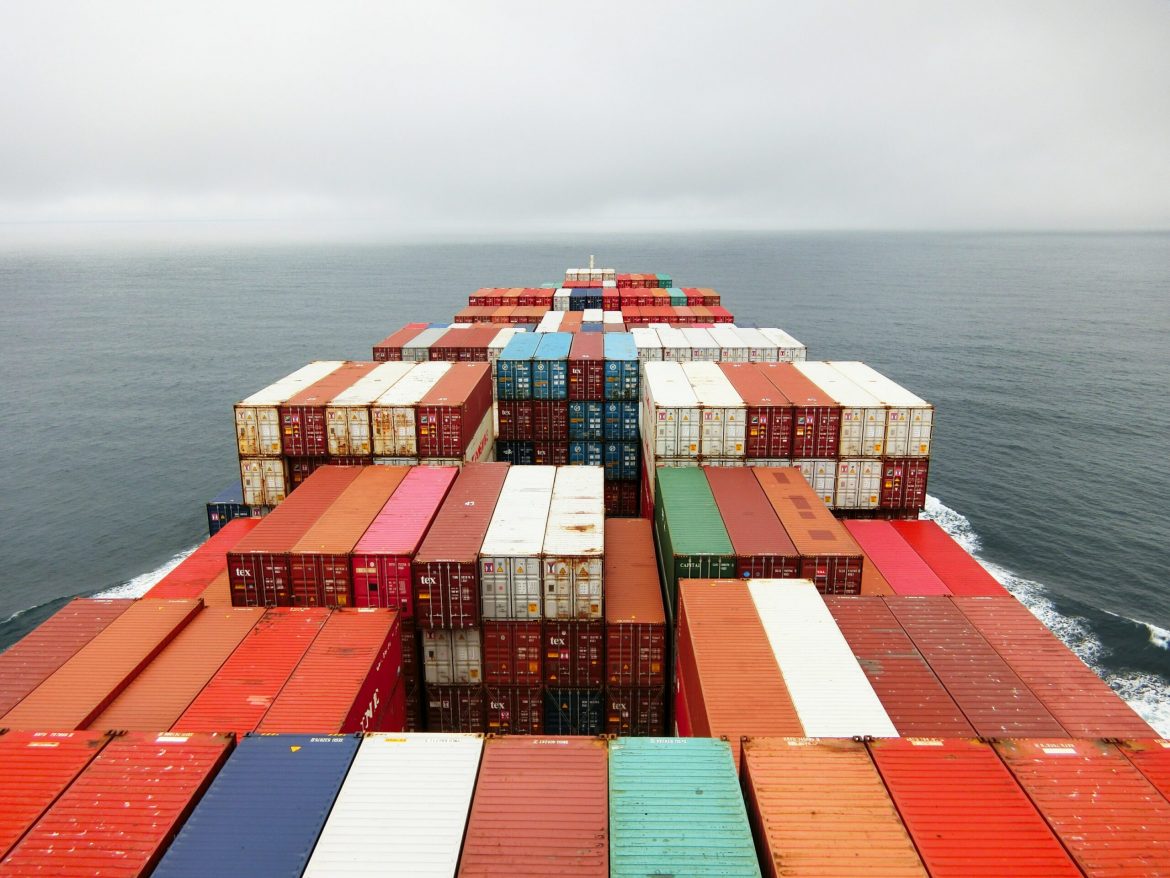Sea freight is a crucial component of global trade, enabling the transportation of goods across vast distances. Understanding the time it takes for sea freight shipments to reach their destinations is essential for businesses and individuals involved in international trade. In this article, we will delve into the factors that influence the duration of sea freight, providing valuable insights for optimizing logistics and supply chain operations.
- Distance and Route:
The distance between the port of origin and the destination plays a significant role in determining the duration of sea freight. Longer distances naturally require more time for vessels to traverse. Additionally, the chosen route can impact transit times, as some routes may involve multiple stops or detours. It is crucial to consider these factors when planning shipments and estimating delivery times. - Port Congestion and Customs Clearance:
Port congestion and customs clearance procedures can significantly affect the time it takes for sea freight to reach its destination. Congested ports may experience delays in vessel berthing, unloading, and loading of cargo. Similarly, lengthy customs clearance processes can add extra days or even weeks to the overall transit time. Staying informed about potential congestion issues and ensuring proper documentation can help mitigate these delays. - Weather Conditions and Seasonality:
Unpredictable weather conditions, such as storms or typhoons, can disrupt sea freight schedules. Vessels may be forced to alter their routes or temporarily halt operations for safety reasons. Moreover, certain trade routes may experience seasonality effects, such as ice formation in colder regions, which can impact transit times. Being aware of weather patterns and planning shipments accordingly can minimize the impact of these factors. - Type of Service:
Different types of sea freight services offer varying transit times. For instance, expedited services like express or premium shipping options prioritize faster delivery but may come at a higher cost. On the other hand, standard or economy services offer more cost-effective solutions but generally have longer transit times. Choosing the appropriate service based on the urgency and budgetary constraints is crucial for optimizing logistics operations. - Documentation and Compliance:
Accurate and complete documentation is essential for smooth sea freight operations. Any errors or missing information can lead to delays during customs clearance or port inspections. Ensuring compliance with international trade regulations, such as proper labeling, packaging, and documentation, can help avoid unnecessary delays and expedite the transit time.
Conclusion:
The duration of sea freight shipments is influenced by various factors, including distance, route, port congestion, customs clearance, weather conditions, service type, and documentation. By understanding these factors and incorporating them into logistics planning, businesses can optimize their supply chains, reduce transit times, and enhance overall efficiency. Adapting to the dynamic nature of sea freight operations and staying updated with industry trends and best practices is crucial for successful international trade.




